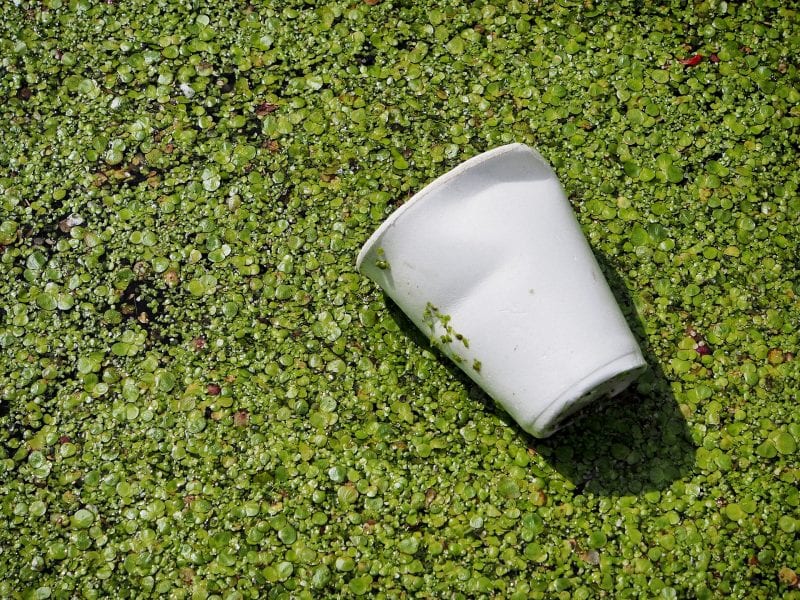Plastic pollution is increasing dramatically. Plastic, a polymeric material, is in everyday use and has attracted increased attention as a large-scale pollutant. Large amounts of plastic in the sea, more than 2.5 million tons per year, come from land. One of the big questions society faces is the stability of polymers against chemicals, hydrolysis, temperature, light, and microbes.
The research by Amir Reza Bagheri et al., conducted in the laboratories of Professor Andreas Greiner and Professor Seema Agarwal, University of Bayreuth, looks at the stability of biodegradable polymers in both fresh water and sea water. Six polymers were chosen for degradation studies, five biodegradable polymers (poly(lactic-co-glycolic acid) (PLGA), polycaprolactone (PCL), polylactic acid (PLA), poly(3-hydroxybutyrate) (PHB), and Ecoflex) and one non-biodegradable, the well-known PET. All are in everyday use in food packaging or medical applications.
The degradation process was conducted under controlled conditions for one year: polymer films were immersed in 3 mL water, fresh water and artificial sea water, stored in vials with holes on their caps for oxygen exchange at constant temperature (25°C) and under fluorescent light. The results, published in Global Challenges, revealed that 100% degradation was observed only for PLGA in less than one year, whereas PCL, PLA, and PET did not degrade at all. PHB was degraded by ≈8% within the year. Interestingly, the degradation rates were quite similar in fresh water and artificial sea water.
The conclusion of the current research is that most of the biodegradable polymers do not degrade under natural conditions. As a result, biodegradable polymers will contribute to microplastic contamination in the environment. There is urgent need to design novel environmentally friendly polymers to drastically reduce plastic pollution.

















